How to Create Productive CTAs
Inbound marketing focuses on creating valuable content that customers can really use in order to build business relationships with them at every stage of their buyer journey.
The first intention of inbound content is to help–and that kind of spirit usually finds not just customers but evangelists and promoters of your business. It’s how the flywheel spins!
But, being helpful also involves making it easy for potential customers to find you when you’ve given them what they’re looking for in your content.
That’s where the Call-to-Action (the CTA!) comes in.
Let’s take a closer look at how they work and how to create CTAs that work as hard as you do to turn your potential customers into…well, customers!
.png?width=1200&name=writing-ctas-growth-marketing-firm%20(2).png)
What can a CTA do?
A CTA works like a potential customer’s virtual doorbell to your business: a digital asset that forges a direct path to exactly what customers need from your company.
Here are the three main objectives of your CTAs:
- Generate leads/build your customer base: When people are directed to your website, you build brand awareness. If they like what they see there, a CTA can help them leave their information so that sales can contact them directly.
- Nurture leads with more of what they’re looking for: Once on your website, a strong CTA can lead to a landing page that offers prospects something for free that they might need. This builds trust and even more brand awareness–and inspiration to become your customer.
- Sell your product or service: CTAs that are well written and designed have a high rate of conversion, so if your best CTAs lead straight to your product or service, chances are, you’re going to sell it.
Where to Put a CTA
You can put a CTA on just about any digital asset in your marketing toolkit. For instance:
Your Website
There should be a CTA on every section of every page of your website. You never know exactly which part of your website might inspire a prospect to say: “Okay, yeah, I’ve got to have that.”
To inspire that feeling, give people as many opportunities as possible to get what they need from your business–give the people CTAs!
Email Campaigns
Every email you send can have a CTA at the bottom for recipients who are interested in getting in touch with your business for more information–or for a sales conversation.
When you run email campaigns, you most definitely should have a CTA in the body of the email.
Social Media
When you place sponsored ads on social media, putting a “learn more” CTA in the ad could increase the ROI of the ad through the increased conversion rate.
Blog Articles
Blog articles are for sharing the information that your prospective customers need, but, at the end of each article, they should have a clear path to your business with a CTA. They may be ready to have a sales conversation.
.png?width=1200&name=writing-ctas-growth-marketing-firm%20(3).png)
How to Write a Productive CTA
CTAs always involve copy–even if that copy is as deceptively simple as “click here.” But choosing “click here” as the copy on your CTA can be tricky because it’s not perfect for every CTA.
So, how do you write a CTA that gets its job done? Our #1 tip for writing the strongest CTA? Hire a copywriter.
Here are a few more tips if you’re new to copywriting or if you decide to DIY it.
Remember to help, not sell
An inbound CTA (and, really, any of them worth their pixels) should be written with the intention of helping your audience find your business.
There should be no pressure at all–just a clear path with a welcoming attitude.
Warmth and authenticity go a long way with CTAs.
Use strong, active verbs
An actual word in the CTA’s acronym is “action,” so make sure to use active verbs that inspire people to act.
That may sound like it’s directly opposite of the first tip, but it’s really not. Active verbs can be gentle, too.
As Growth project manager Katrina likes to say: “Being clear is being kind.” And that applies to everything–including CTAs.
Verbs like ask, shop, learn, find, and click are all active verbs that make for stunning CTAs in the correct context–and none of them are pushy on their own.
Be concise
In a blog article, for instance, a CTA should be less than 5% of the entire article–and always, always at the end. That’s a good rule of thumb for any digital asset.
If it’s in an email, keep the CTA to the last short sentence. The very best CTAs get straight to the point. It should just be a quick “here’s how you find us.” BAM!

Make it pop
Your CTA should align well with your brand and your buyer profile, but it should grab the attention of its audience.
A whimsical brand can have great fun with CTAs, but even a super-serious business can add a bit of warmth and creativity to it.
For instance, if you scroll down our service page, you can see that our CTAs shift based on the services we offer. They’re direct, light, and on brand while also clearly indicating what action to take to get those services.
Persuade
Writing a CTA is persuasive composition 101. You’re trying to convince someone to do something in a very concise way, that’s all.
First, try drafting the ask itself. Free write a letter to your buyer persona.
Tell them what you’d like them to do.
Now go back and edit, edit, edit until you have mostly action verbs and nouns that include your product/service and your business.
Inspire urgent action
The best CTAs honestly provide a time limit for the offer.
We’re all buyers of some sort, and we all know how much more tempted we are when we know the clock is ticking on something we need or want.
It’s also a kind gesture to let people know how long they have to act. Again, clarity is kindness.
Just because CTAs are short and sweet (5% of the overall copy), don’t take them for granted. Instead, spend 5X the amount of time you spend writing them REwriting them for effectiveness, and you’ll see your marketing ROI spike in the right direction.
Don’t look now, but here comes the CTA for this article:
Speaking of your marketing ROI spiking, Growth is a HubSpot Platinum Solutions Partner, and we can show you exactly how to prove that ROI with the best data in the game. Talk to a regular human about it. We’re right here!
P.S.–The last link above is the CTA “button” for the article, but the whole paragraph is part of it. Here’s another one below. See what we did there?
Explore More Insights: Related Blog Posts
-
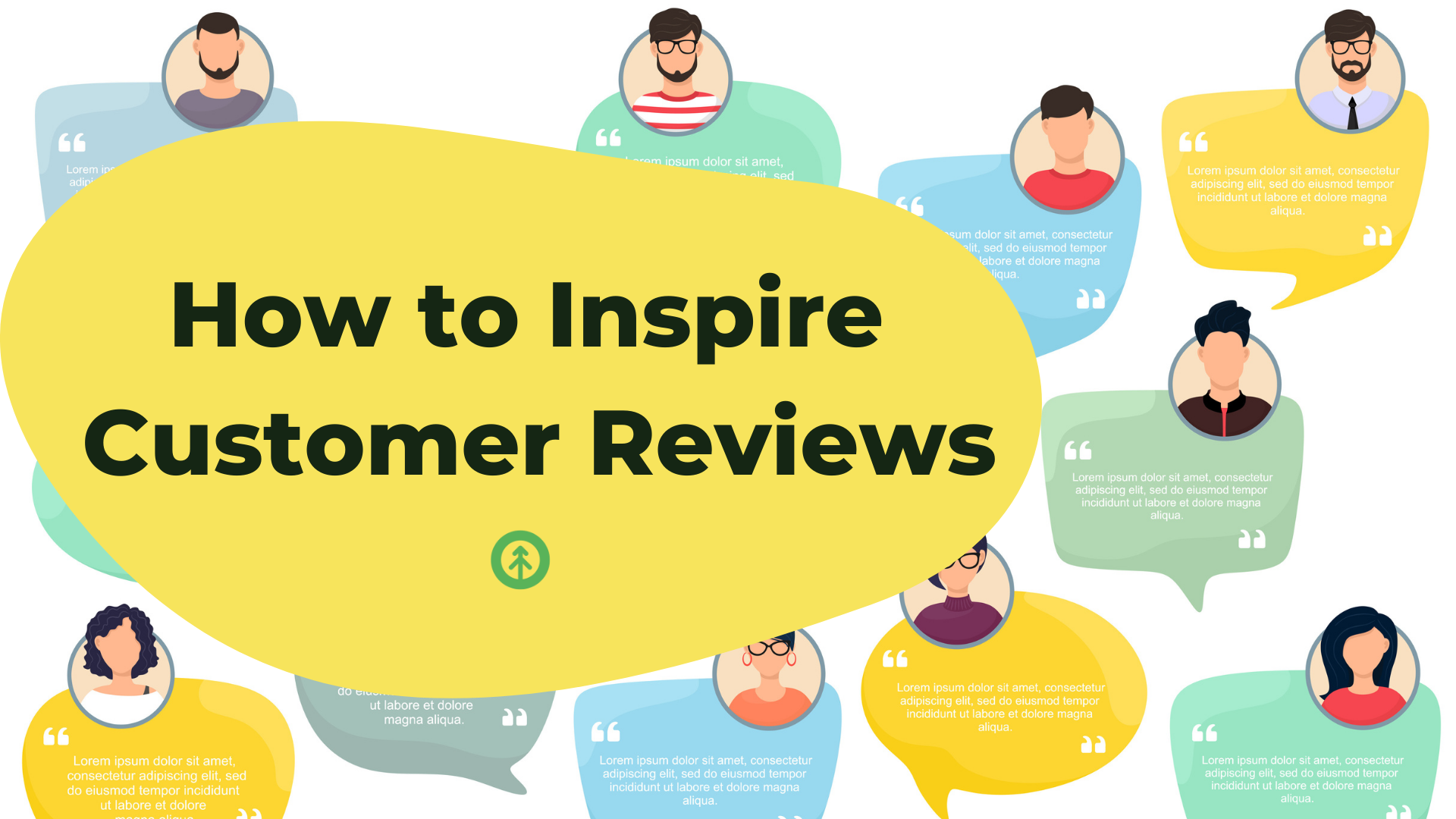 HubSpotFeb 7, 2022
HubSpotFeb 7, 2022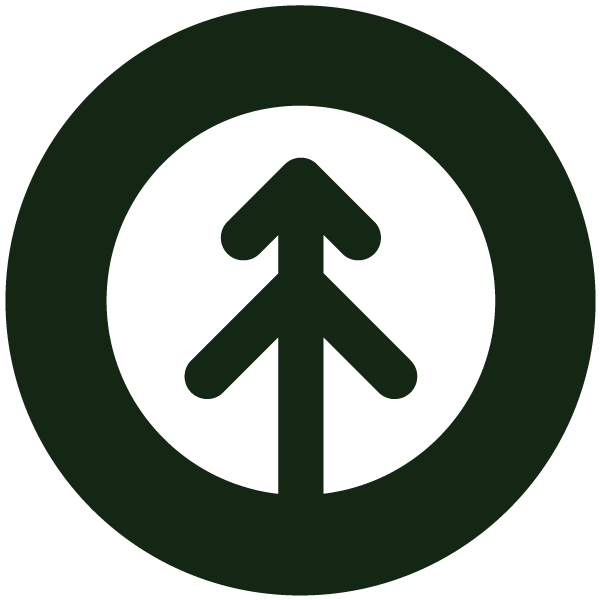 Growth Marketing Firm
Growth Marketing FirmHow to Inspire Customer Reviews
Growth Marketing Firm · How To Inspire Customer Reviews Positive customer reviews = social proof = more...
-
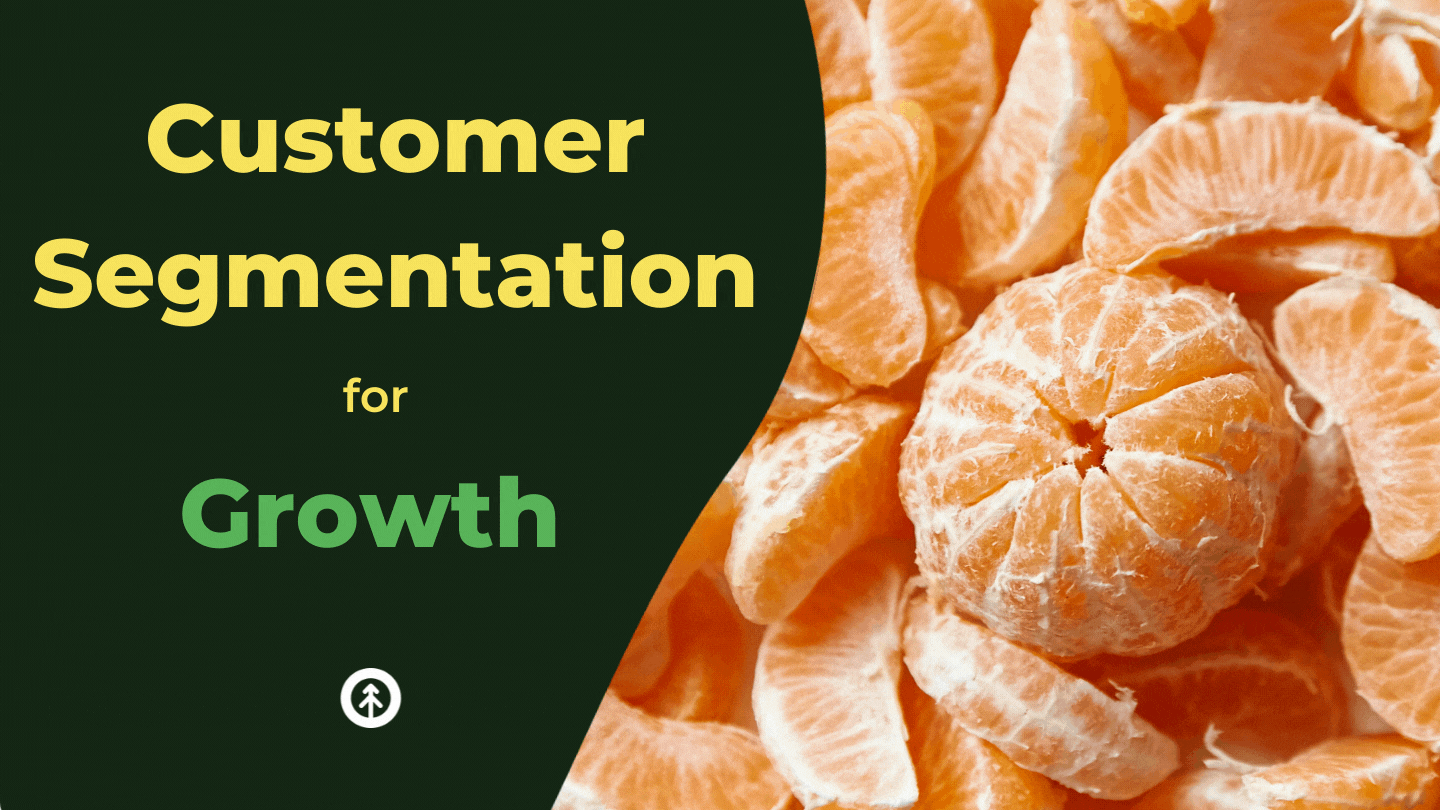 Sales EnablementDec 10, 2021
Sales EnablementDec 10, 2021 Growth Marketing Firm
Growth Marketing FirmCustomer Segmentation Strategies for Growth
Customer segmentation is the process of grouping your customers together based on the factors (e.g....
-
 Inbound MarketingDec 29, 2020
Inbound MarketingDec 29, 2020 Ashley Lilly
Ashley LillyBuilding Your Customer Avatar: Who is your Ideal Customer?
(Last updated May 3, 2022) Every business should have a solid understanding of its ideal customer so that...
-
 Team BuildingSep 30, 2021
Team BuildingSep 30, 2021 Growth Marketing Firm
Growth Marketing FirmHow to Foster Customer Retention for Growth
Once a sale is won, the service team takes action to onboard, accommodate, or deliver your product to your...
-
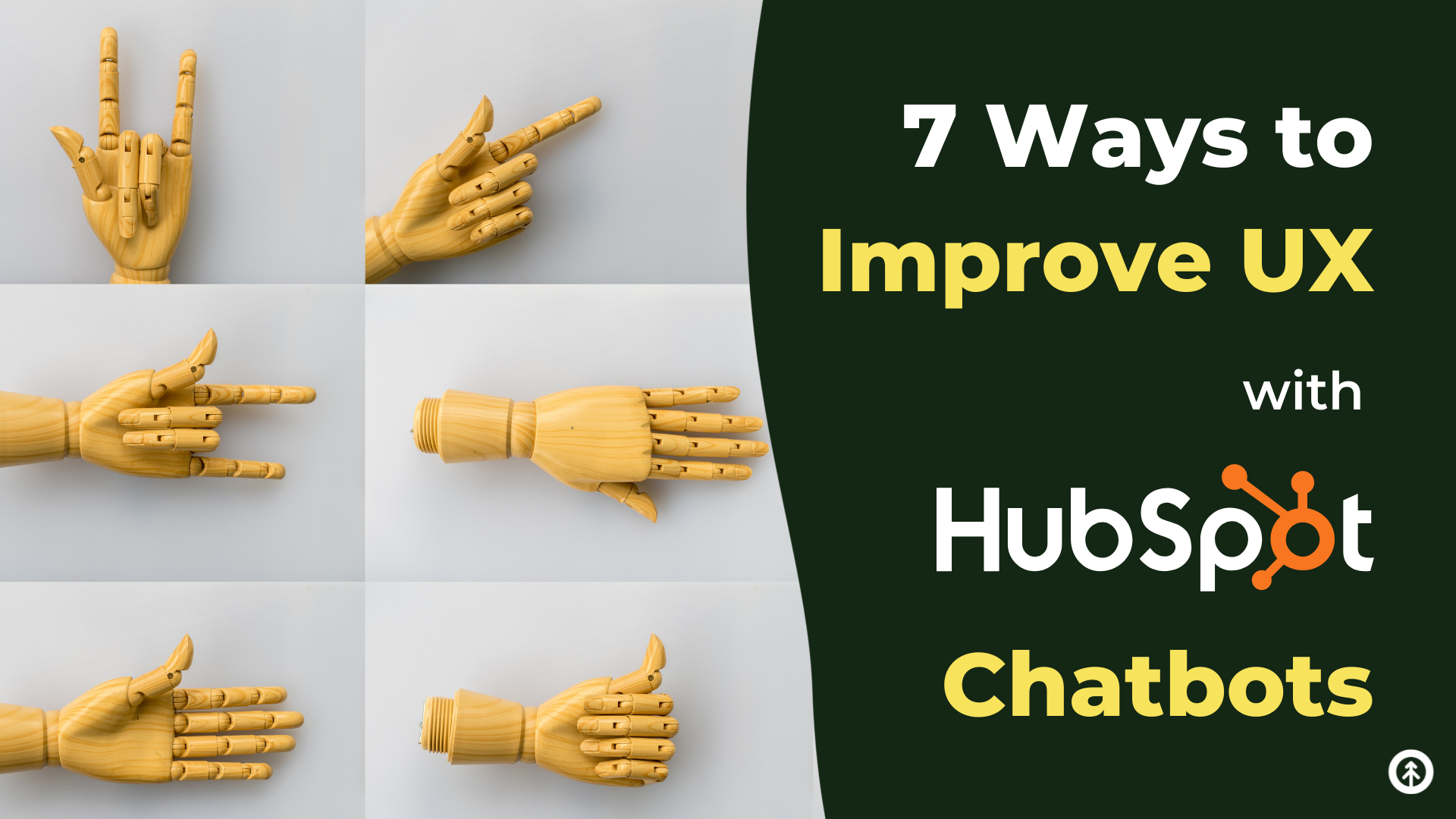 HubSpotFeb 1, 2022
HubSpotFeb 1, 2022 Growth Marketing Firm
Growth Marketing Firm7 Ways to Improve UX with HubSpot Chatbots
Nothing can take the place of good ole human-to-human conversation to solve a problem and offer up a perfect...
-
 Inbound MarketingOct 5, 2021
Inbound MarketingOct 5, 2021 Growth Marketing Firm
Growth Marketing FirmBuyer Personas vs. Buyer Profiles: What Makes Them Different
At Growth, we’re often asked to create buyer personas for clients, and we’re happy to do so because they're...
-
 CRMDec 29, 2021
CRMDec 29, 2021 Growth Marketing Firm
Growth Marketing FirmWhy Your Business Needs HubSpot’s Social CRM
Social media connections can become real leads, but it’s not the perfect space for hard sells right off the...
-
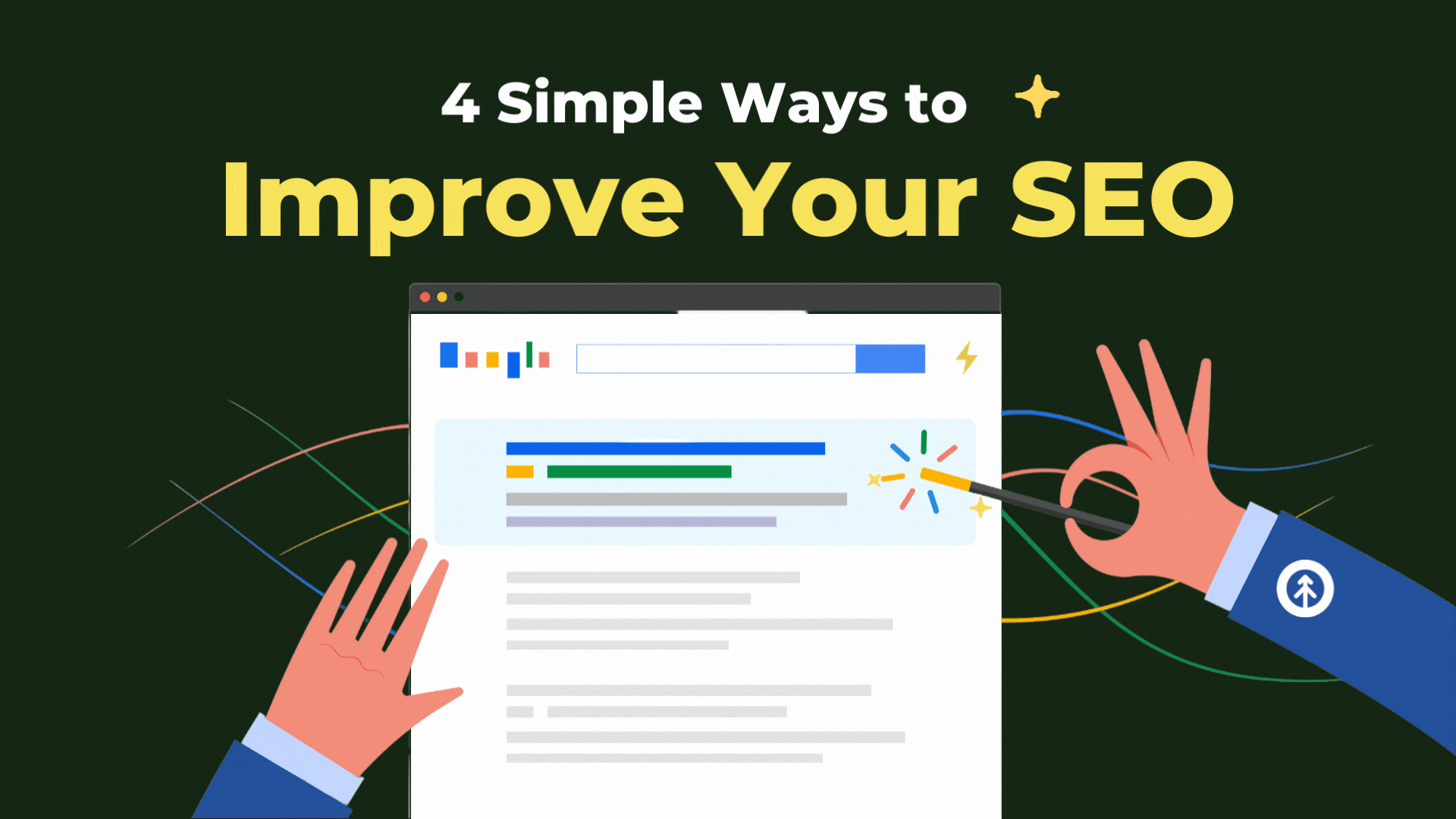 SEONov 15, 2022
SEONov 15, 2022 Growth Marketing Firm
Growth Marketing Firm4 Simple Ways to Improve Your SEO
You may think that the word “simple” doesn’t really work next to “SEO,” but that’s not always the case.
-
 Sales EnablementApr 5, 2022
Sales EnablementApr 5, 2022 Growth Marketing Firm
Growth Marketing FirmThe Ultimate CRM Buyer's Guide
A CRM (Customer Relationship Management software) is way more than a contact database or a place to store...

